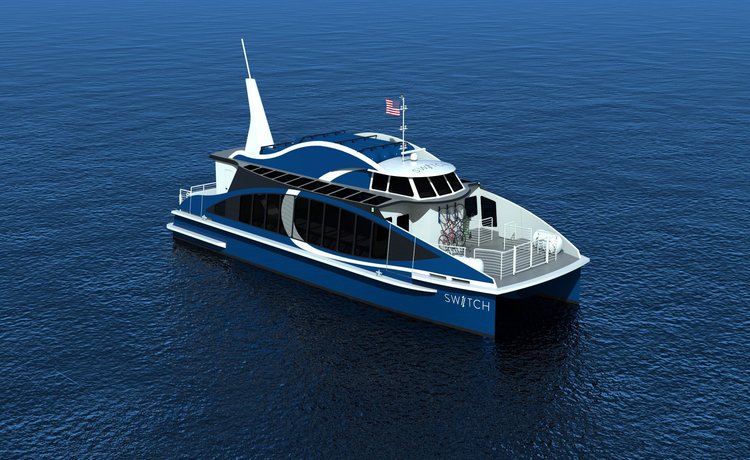Cummins, the global power technology leader has announced that its fuel cells will be used to power North America’s first commercial hydrogen fuel-cell-powered zero-emission ferry (ZEF).
The vessel has been named “Sea Change”, and will produce only water and electricity as a by-product -- marking a breakthrough in the commercialization of zero-emission marine vessels.
“With a powertrain designed by Golden Gate Zero Emission Marine, the Sea Change is powered by Cummins’ 360kW fuel cell and can reach a speed of up to 22 knots,” Cummins stated.
“The fuel cells are supplied with hydrogen from storage tanks creating electricity to run the electric motors and turning the vessels propellers, generating the ferry’s movement.”
Hydrogen technologies are sought-after for the decarbonization of marine vessels for a host of reasons starting with emission-free zero-emission, quiet transport, to its scalability.
What makes fuel cells flexible is that the power generated from fuel cells is transported through wires, and therefore fuel cells can be placed practically anywhere on the vessel. In the case of the Sea Change, the fuel cells are placed at the back of the main cabin, while the hydrogen storage tanks are up at the top deck.
Sea Change is currently in the final phases of construction and is expected to begin sea trials in the coming months.
“Cummins is not stopping with zero-emission ferries,” the company said in a news blog.
The company has declared that its alternative power solutions will power applications across the port ecosystem. This includes battery-electric terminal tractors and six Class 8 fuel-cell-powered drayage trucks used in the transportation of goods at the port in Southern California and containerized fuel cell generator systems which can be used to supply both stationary and portable power.
Sea Change is owned by SWITCH Maritime, a North American impact investment company that is working towards creating America’s first fleet of zero-emission marine vessels powered by battery or hydrogen fuel cells. The project is also partially funded with a $3 million grant from the California Air Resources Board which comes from the California Climate Investments initiative.
- By Shraddha Kakade
Asst. Editor, Emerging Technology News

